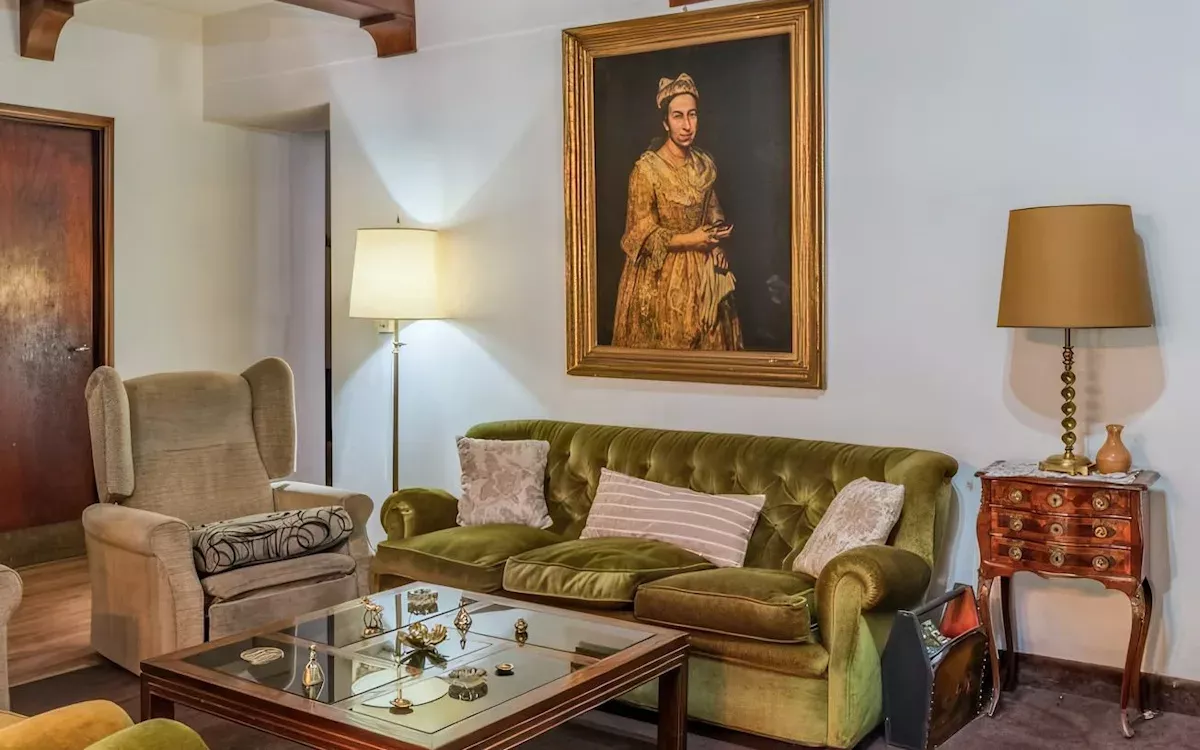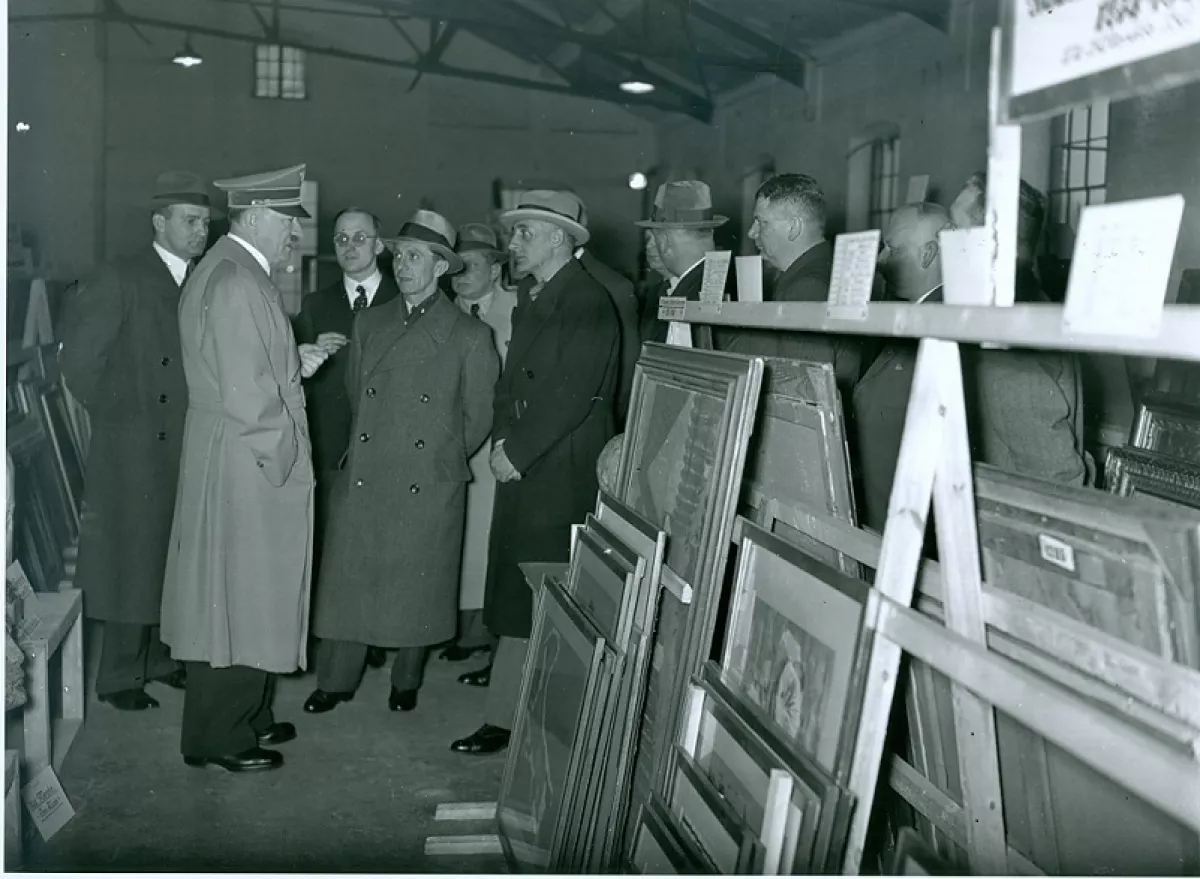Argentina to prosecute daughter of Nazi-official for attempting to hide stolen artwork
Prosecutors in Argentina have charged the daughter of a fugitive Nazi official with attempting to conceal an 18th-century painting from authorities after it was revealed that the artwork had been forcibly obtained from a Jewish art dealer during World War II.
The federal prosecutor handling the case announced the cover-up charge on September 4, AP reported, one day after Patricia Kadgien, daughter of high-ranking Nazi officer Friedrich Kadgien, handed over the piece.
The painting “Portrait of a Lady” by Italian artist Giuseppe Ghislandi was turned over to the Argentine judiciary—eight decades after it was looted.
Photos of the painting hanging in Kadgien’s Mar del Plata living room surfaced last month for the first time through an online real estate listing.

Dutch newspaper first to point world's attention to looted art piece
Dutch journalists investigating Kadgien’s life in Argentina—where he fled after the fall of the Third Reich—spotted “Portrait of a Lady” during a 3D virtual tour of the house for sale, hanging above a green velvet couch.
After confirming it matched a work listed as missing in international archives of Nazi-looted art, the Dutch newspaper Algemeen Dagblad published an exposé on August 25 that made headlines worldwide.
Following an alert from Interpol, Argentine authorities raided the property and other homes belonging to Patricia Kadgien and her sister Alicia, but “Portrait of a Lady” was nowhere to be found.
Presenting the charges, Prosecutor Carlos Martínez told the court that the sisters were “aware that the artwork was being sought by the criminal justice system and international authorities” yet took deliberate steps to conceal it.
“It was only after several police raids that they turned it in,” he added.
Hundreds of Nazi officials and other people fled to South America, including Argentina, to escape prosecution towards the end of WWII through escape routes referred to as "ratlines". Some of them would eventually be tracked down and persecuted, such as Adolf Eichmann.
Complex task of tracing Nazi-looted art
In the decade leading up to 1945, the Nazis are estimated to have stolen one-fifth of all artwork in Europe—primarily from Jewish families and other “undesirables”—as part of a cultural campaign aimed at rewriting European history.
The Third Reich’s Einsatzstab Reichsleiter Rosenberg (ERR) led the systematic looting of cultural treasures in occupied countries. Hitler ordered that all seized art be placed at his disposal, hiding these treasures in castles like the world-famous Neuschwanstein in Bavaria and in salt mines in Altaussee, Austria, and Merkers, Germany.

To counter this, the Allies created the Monuments, Fine Arts, and Archives (MFA&A) section during World War II. This special unit was tasked with protecting cultural property from destruction and recovering art stolen by the Nazis. Thousands of priceless works, many from Jewish families, were eventually recovered but experts believe many more remain missing, buried in private collections.
Efforts to return looted art continue today through organizations such as the German Lost Art Foundation, which helps track ownership and restitution.
One of the most famous modern cases was the 2012 discovery of Cornelius Gurlitt’s massive art hoard in Germany. Suspicion arose during a routine train ticket inspection two years earlier, which led investigators to his Munich apartment. What they found shocked the art world: 121 framed paintings and drawings stacked on shelves, and another 1,258 unframed works crammed into drawers and filing cabinets.
The collection traced back to Hildebrand Gurlitt—Cornelius’s father—one of four art dealers authorized by the Third Reich to handle “degenerate” art seized from Jews and other targeted groups. Many owners were forced by those dealers to sell at far below market value.
Hildebrand Gurlitt became one of the Nazis’ most profitable dealers, exporting Old Masters for top prices and adding countless pieces to his personal collection.
By Nazrin Sadigova








